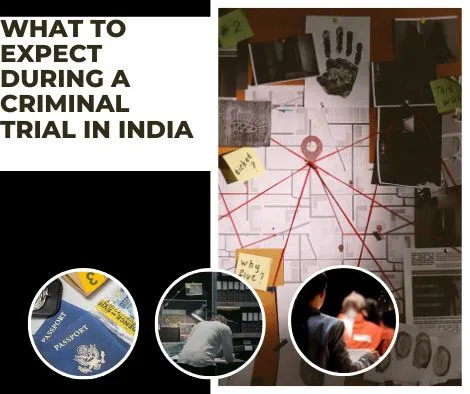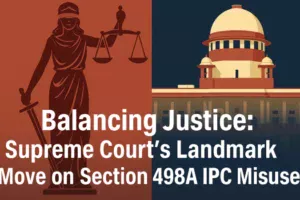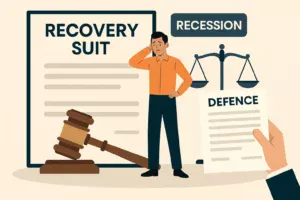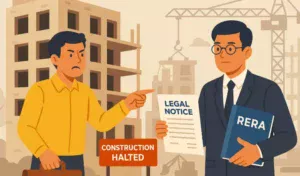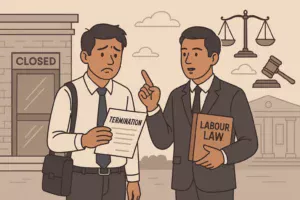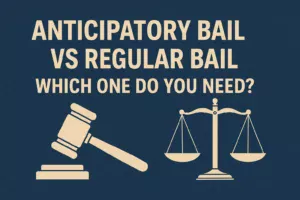This articles explains Dacoity Laws and its Penalties
Introduction to Dacoity in India
Dacoity, a term deeply ingrained in the Indian penal lexicon, refers to a form of banditry that has historical roots but continues to impact modern society. It is defined as a crime committed by a group of five or more individuals, aiming to commit robbery or theft. Understanding the nuances of dacoity laws and the associated penalties is crucial for both the common citizen and the legal practitioner in India.
What Constitutes Dacoity?
Definition and Legal Framework
Under Section 391 of the Indian Penal Code (IPC), dacoity is defined when a robbery is committed by five or more persons conjointly. This definition sets the groundwork for understanding the collective nature of the crime, distinguishing it from theft or robbery committed by fewer individuals.
Elements of the Crime
The essential elements include the participation of five or more individuals with the common intent to commit robbery. The collective intention and action towards executing a robbery are what categorize an offense under dacoity.
Dacoity Laws and Penalties Explained Under Indian Law
Under the Indian Penal Code
Section 395 of the IPC prescribes the punishment for dacoity. Convicted individuals can face rigorous imprisonment for a term that may extend to ten years, along with a fine. The severity of the punishment reflects the seriousness with which the Indian legal system views this crime.
Aggravated Forms of Dacoity
Certain circumstances elevate the gravity of dacoity, inviting harsher penalties. For instance, if dacoity is committed with murder (Section 396 of the IPC), the law mandates a death sentence or life imprisonment, highlighting the stringent measures against this crime.
Prevention and Measures Against Dacoity
Law Enforcement Initiatives
The Indian police and security forces are on the front lines, employing various strategies to prevent dacoity. These include intelligence gathering, community policing, and rapid action forces to address potential threats.
Legal Reforms and Community Participation
Legal reforms aimed at strengthening laws and encouraging community participation in crime prevention are pivotal. Awareness campaigns and collaboration between law enforcement and local communities serve as deterrents against dacoity.
Conclusion: A Call for Collective Vigilance
Dacoity, with its roots in historical banditry, continues to pose challenges in modern India. However, through stringent legal penalties, proactive law enforcement, and community engagement, strides are being made towards mitigating this crime. It is a collective endeavor, requiring the vigilance of not just the legal system but also of every citizen, to ensure safety and security in society.
Final Thoughts
Understanding the laws and penalties associated with dacoity is not just for legal experts but is vital for every Indian. This knowledge empowers individuals, fostering a law-abiding society where such crimes are deterred through collective action and awareness.
FAQ on Dacoity Laws and Penalties in India
- What is dacoity?
Dacoity is a crime committed by five or more people working together to commit robbery. - How does Indian law define dacoity?
Indian law defines dacoity under Section 391 of the IPC as the act of robbery by five or more persons conjointly. - What is the difference between robbery and dacoity?
The main difference lies in the number of individuals involved; dacoity requires five or more persons, while robbery can be committed by fewer individuals. - What are the legal penalties for dacoity in India?
Penalties can include rigorous imprisonment of up to ten years and a fine, as per Section 395 of the IPC. - Can dacoity lead to a death penalty or life imprisonment?
Yes, if dacoity is committed along with murder, under Section 396, it can lead to a death sentence or life imprisonment. - What role do communities play in preventing dacoity?
Community participation in vigilance and collaboration with law enforcement can help deter dacoity. - Are there any special police units to combat dacoity?
Yes, there are rapid action forces and specialized units in the police to combat dacoity. - How can one report a suspected dacoity planning?
Suspected dacoity planning can be reported to the nearest police station or through national emergency numbers. - Is there a minimum number of people required for an act to be considered dacoity?
Yes, a minimum of five people is required for an act to be considered dacoity. - What are the consequences if minors are involved in dacoity?
The involvement of minors in dacoity is dealt with under the Juvenile Justice Act, considering their age and the nature of the crime. - How does the law ensure fair trial for accused dacoits?
The Indian legal system provides the right to a fair trial for everyone, including those accused of dacoity, ensuring legal representation and the opportunity to present their case. - Can the punishment for dacoity be reduced?
Yes, based on circumstances and the judge’s discretion, the punishment can be reduced, especially in the absence of aggravating factors. - What is the role of intelligence agencies in preventing dacoity?
Intelligence agencies play a crucial role in gathering information and preventing planned dacoities through surveillance and informants. - Are there any legal reforms proposed for dacoity laws?
Legal reforms are periodically proposed to address loopholes and enhance the efficiency of dacoity laws. - How does Indian law treat attempted dacoity?
Attempted dacoity is also a punishable offense under the IPC, with penalties depending on the extent of the attempt and actions taken. - What measures are taken to protect witnesses in dacoity cases?
Witness protection programs and anonymity are some measures to ensure the safety of witnesses in dacoity cases. - Can victims of dacoity receive compensation?
Yes, victims may be entitled to compensation under various victim compensation schemes. - What is aggravated dacoity?
Aggravated dacoity involves circumstances that increase the severity of the crime, like causing death or severe harm. - How do courts determine the punishment for dacoity?
Courts consider factors like the nature of the act, involvement of weapons, harm caused, and the criminals’ backgrounds. - Is dacoity a bailable offense in India?
Dacoity is generally considered a non-bailable offense, subject to judicial discretion. - What legal defenses are available for someone accused of dacoity?
Legal defenses may include lack of intent, mistaken identity, coercion, and proving the absence at the crime scene. - How does the government raise awareness about dacoity prevention?
Through campaigns, educational programs, and collaboration with community organizations. - What impact does dacoity have on society?
Dacoity impacts society by instilling fear, disrupting peace, and causing economic and psychological harm to victims. - Can someone charged with dacoity get bail?
Obtaining bail for dacoity charges is challenging and depends on the court’s assessment of the case. - What are the rights of someone arrested for dacoity?
They have the right to legal representation, to be informed of the charges, and to a fair trial. - How can communities assist in the rehabilitation of former dacoits?
Communities can assist by providing support for reintegration programs, vocational training, and social acceptance. - What technologies are used to investigate dacoity?
Modern technologies like CCTV, forensic analysis, and digital surveillance are used in investigations. - How are interstate dacoity cases handled?
Interstate cases involve coordination between state police forces and central agencies for investigation and apprehension. - Can dacoity charges be dropped?
Charges can be dropped if there is insufficient evidence or if the accused are proven innocent. - What is the significance of public awareness in combating dacoity?
Public awareness is crucial for preventive measures, encouraging community vigilance, and supporting law enforcement efforts.


